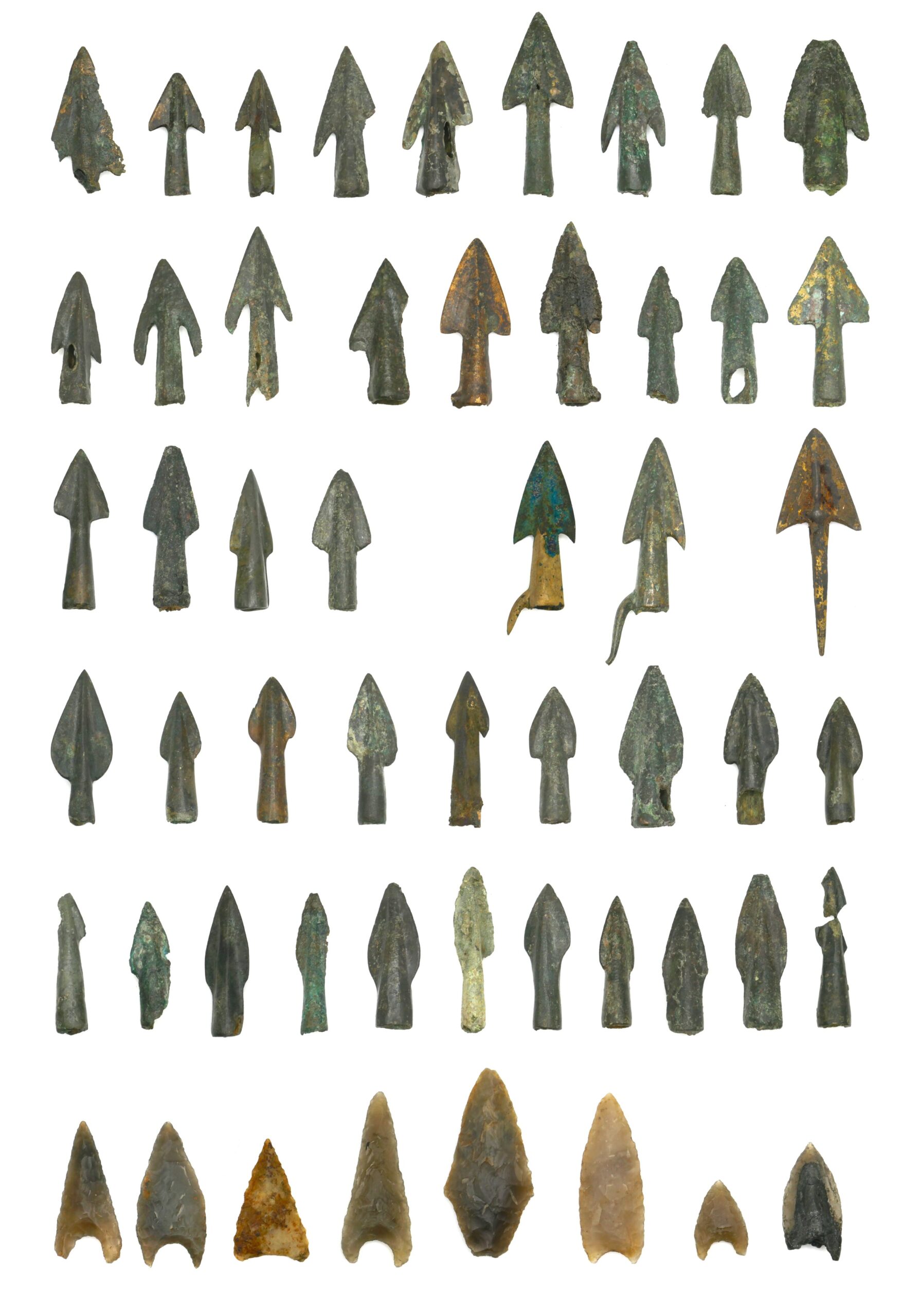Archaeologists have uncovered new evidence of an ancient large-scale conflict in Europe, specifically from the Tollense Valley in north-east Germany. The research, focusing on bronze and flint arrowheads from the thirteenth century BC, sheds light on the earliest-known example of interregional warfare on the continent. The Tollense Valley, located in the modern-day region of Mecklenburg-Western Pomerania, is already renowned as the site of a significant battle dating back to around 1250 BC.
This discovery rewrites our understanding of European Bronze Age conflicts. The sheer quantity of human remains—over 150 individuals, representing what may have been a battle involving more than 2,000 warriors—is unprecedented for the Nordic Bronze Age. First identified as a battlefield in 2011, the site has since gained a reputation as “Europe’s oldest known battlefield.” No other conflict of this magnitude from this early period has been found, suggesting it holds a unique place in prehistoric European history.
Despite its significance, many questions about the battle of Tollense remain unanswered. Key mysteries include the identities and origins of those who fought in the conflict. Seeking to answer these questions, a team of researchers from various German institutions compared the bronze and flint arrowheads found at Tollense with over 4,000 similar examples from across Europe.
The results, published in Antiquity, point to a complex interregional conflict. Leif Inselmann, the lead author of the study, notes the critical role that arrowhead analysis played in this discovery. “The arrowheads are a kind of ‘smoking gun,'” says Inselmann, who gathered over 4,700 arrowheads for his M.A. thesis at Göttingen University. “Just like the murder weapon in a mystery, they give us a clue about the culprit, the fighters of the Tollense Valley battle, and where they came from.”
The majority of the arrowheads discovered resemble those occasionally found in the Tollense region, suggesting that many of the combatants were local to Mecklenburg-Western Pomerania. However, the researchers also uncovered other distinctive arrowhead types—such as those with straight or rhombic bases, unilateral barbs, or pointed tangs—that are more commonly associated with southern regions, specifically modern-day Bavaria and Moravia.
The fact that these southern-style arrowheads have not been found in local burials implies that they were not simply traded into the region and used by local fighters. Instead, it suggests that at least some of the warriors who fought at Tollense were from these southern regions, potentially indicating the presence of a southern army or group of mercenaries in the battle.
Additional evidence from other sites in southern Germany, where large quantities of bronze arrowheads have been unearthed, further supports the idea that the thirteenth century BC was a period of increasing armed conflict throughout Europe. This discovery marks the earliest-known example of interregional conflict in the continent’s history and suggests a broader pattern of increasing militarization and organized violence.
“The Tollense Valley conflict dates to a time of major changes,” says Inselmann, now working at Freie Universität Berlin. He emphasizes that these findings prompt further questions about the nature of warfare in the Bronze Age. “Were the Bronze Age warriors organized as a tribal coalition, the retinue or mercenaries of a charismatic leader—a kind of ‘warlord,’ or even the army of an early kingdom?”
This research offers a glimpse into a pivotal period in European history, when social and political changes likely led to larger, more organized, and professionalized conflicts. The Tollense Valley battlefield, once a mystery, now provides crucial insights into the early dynamics of warfare and society in prehistoric Europe.
Source: Antiquity
